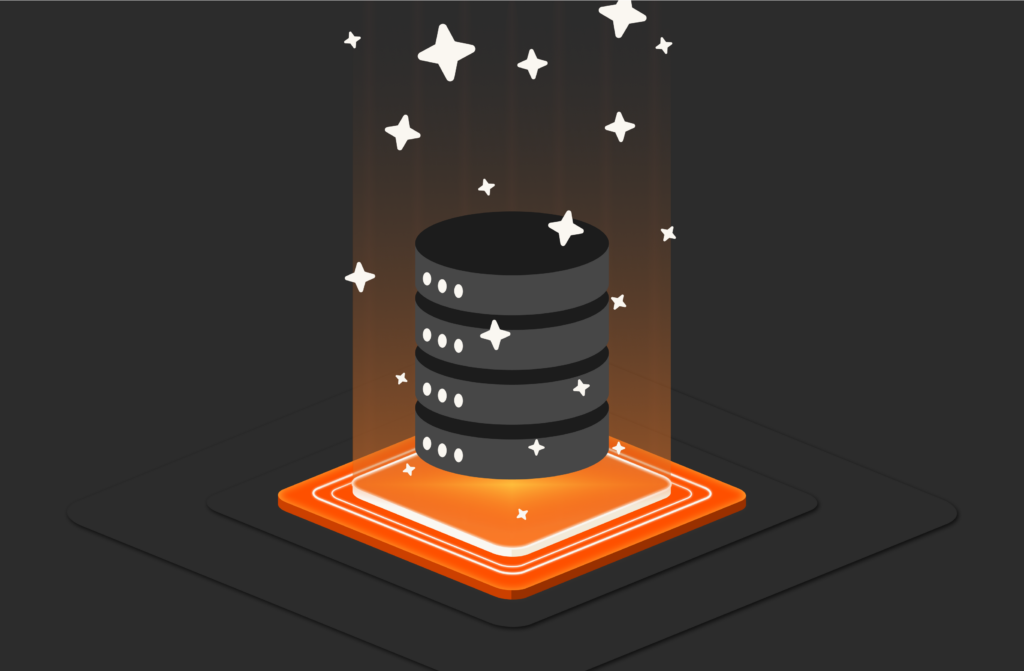Pure hasn’t had time for spinning disk since 2014. And we predict that, over the next handful of years, no one else will, either.
Data has changed. Storage media will, too.
Here’s why: To meet today’s challenges, organizations need fast access to all data, whether it powers systems of record or key systems of innovation. Up to now, the attractive economics of legacy spinning hard drives have forced IT organizations to distinguish between performance-oriented workloads and everything else. Simply put, disk was significantly cheaper than flash.
But data has evolved. Machine-generated unstructured data powering new workloads has grown in velocity in the enterprise. Adding to this growth challenge, unstructured data does not reduce well, neither by compression or deduplication. It increasingly requires higher performance that isn’t easily met by spinning disk (at least not without the addition of expensive memory caches or write buffers).
These new workloads also need to be analyzed in real-time—for everything from AI-assisted diagnostic imaging, high-frequency trading in a hedge fund, fraud detection in a financial institution, or even robots making real-time decisions about where to send packages. Most importantly, all these workloads require the ability to recover rapidly in the event of a business-halting ransomware attack.
The fact is that all these capabilities are better served by solid-state flash.
Why we’ll see an accelerated retirement of spinning disk
- The price per gigabyte of solid-state drives (SSDs) will soon match traditional spinning hard-disk drives (HDDs).
- The benefits of flash extend beyond traditional block storage to support the market need for fast file and fast object across a unified and scalable platform—specifically high-performance NFS/SMB and S3 within the data center.
- The pandemic has forced organizations to look at the human touchpoints associated with forklift upgrades, painful upgrades, unplanned outages, and the need to eliminate them. Flash is better enabled by software and significantly more reliable.
- Truly elastic “as-a-service consumption” is delivering agility that organizations need as they evolve to distributed cloud architectures. Flash is more agile and efficient.
Third-party analyst data also supports our thesis.
IDC projects that SSDs will steadily displace performance-optimized HDDs (10K and 15K RPM) for primary storage in servers and storage systems, with SSD market revenue doubling from 2019-2024 to $30.7B. The enterprise HDD segment also is still growing, but significantly more slowly ($10.4B to $14.2B over the same period).
This is all great news. The best part is that Pure saw this shift coming before it happened.
How Pure Has Prepared for the All-flash Data Center
A decade ago, Pure built a company on the vision of the “all-flash data center.” Over the last decade, we have continued to innovate across our product portfolio and delivered industry-leading performance, reliability, and simplicity by deeply integrating our storage software and hardware. From our inception, we’ve architected data solutions to address the demands of modern and diverse applications, and structured and unstructured data at scale across any workload. Here are a few examples:
- When the industry said flash was only affordable as a cache, we figured out how to marry it with dedupe/compression, improving the efficiency and economics while driving market adoption.
- When the industry focused on “lots of disk/lots of spindles” to handle big data, we integrated the power of flash with the architecture of FlashBlade® to make it fast, scalable, and significantly more efficient.
- When the industry thought spinning disk was the economic answer for tier 2 data, we did heavy software and hardware engineering on FlashArray//C to take advantage of QLC and (without the need for Optane SCM). We made flash affordable for tier 2, rendering hybrid arrays obsolete.
- When the industry thought data protection was all about backup speeds, we focused on recovery speeds and safeguarding volumes against malicious encryption to power all-flash in the fight against ransomware.
Our software is what enables “all-flash.” It’s the software on which Pure, and our vision of the all-flash data center, is built. It’s also what powers our continued innovation. Moreover, it’s what enables simple and fast access to your unstructured data; the data that is growing most rapidly in both volume and business value. All of this combines for customer outcomes and experiences all around.
We’re excited to be at the dawn of SSDs officially overtaking HDDs. And we’re glad to see that storage vendors across the board are finally catching on. We look forward to continuing to lead the way .
![]()




